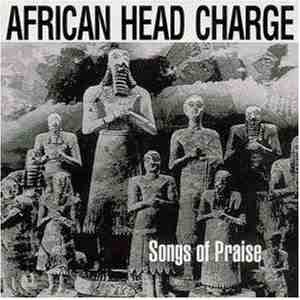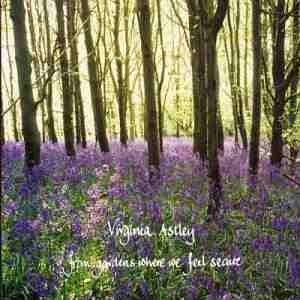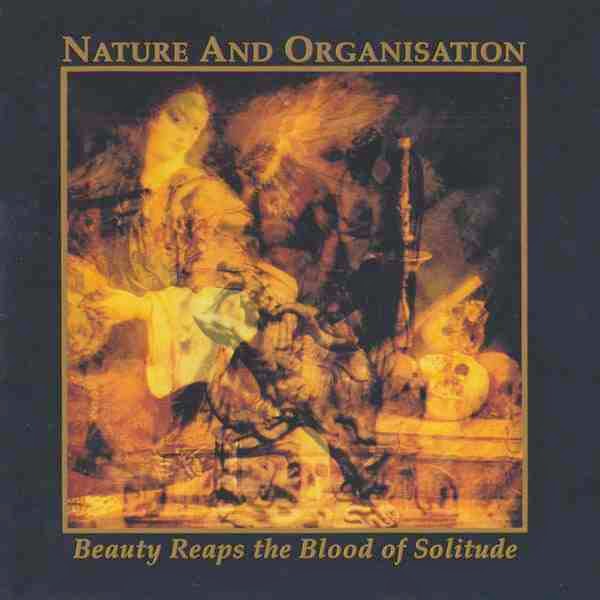Liturgy of Madness ...
Today's discovery ...the name suggests some grindcore/death metal outfit, but this Sepsis are from Russia and sound like three bands playing at once ...Those bands being Yes, The Magic Band and maybe Butthole Surfers ... mutant-soundsMad Cucumber Part 1 ...
Alexis Romanov - electric guitar, acoustic guitar
Alexander Beriozkin - bass, voices
Ivan Fedenko - drums, percussion
Summary. While music on Sepsis' only "A Liturgy of Madness" album is all instrumental, distinctly original (which is a sign of most of the USSR/CIS Prog-performers, isn't it?), and also at least slightly more complex and intricate than the music of Rush circa their famous "2112", the fans of early-to-mid Rush will most likely be the first to love and appreciate it. I think so mainly because the equipment Sepsis used in Leningrad in the early 1990s and the equipment Rush used in Toronto in the mid 1970s were of equal quality, as well as the number of members in both these bands, whose progressively aggressive purposes at the time were also in some ways similar. Incidentally, I think that not only serious Prog-Metal-heads, but all those into Classic Art / Progressive Rock, too, and also anyone who misses on some especially original and exotic progressive fruit should be overly satisfied with "A Liturgy of Madness" by Sepsis.
VM. September 9, 2001 www.progressor.net









































